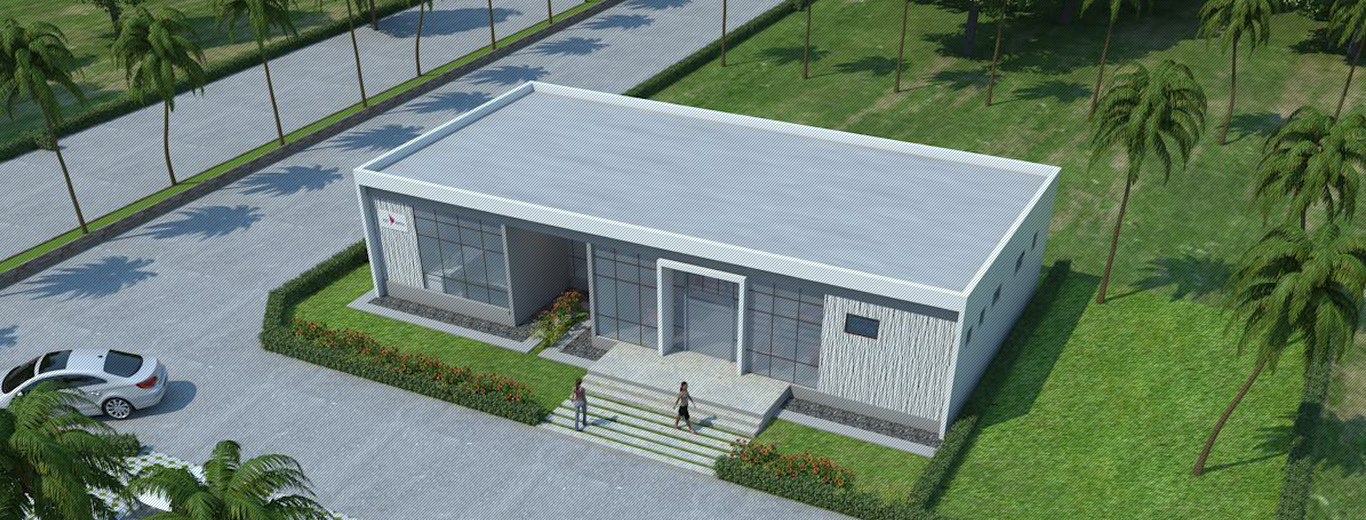Introduction
Parametric design is revolutionizing the field of architecture and engineering, offering unparalleled freedom in creating complex and innovative structures. It uses algorithms to create customized and complex features, such as building elements and engineering components, based on a set of parameters and rules that define the relationship between design intent and design response. It can also optimize certain objectives or constraints, such as structural stability, environmental performance, or aesthetic appeal. For example, instead of manually drawing each curve or shape of a building, a parametric designer can input variables such as height, width, angle, material, etc., and let the algorithm generate different solutions that meet these criteria. This allows for more flexibility, creativity, and efficiency in the design process.

Courtesy: Rethinking The Future
In this article, we will delve deep into parametric design, exploring the software used, the role of structural engineering, and the involvement of structural engineers from concept to fabrication.
Advancements in Parametric Design Software
The parametric design relies heavily on advanced software tools that enable architects and engineers to create intricate, highly customized structures. Some of the prominent software used in the parametric design include:
- Grasshopper
A visual programming language integrated with Rhino, Grasshopper allows designers to create and manipulate complex algorithms to generate parametric designs. It provides a flexible platform for exploring design variations and facilitates seamless integration with other software applications. It does not require any programming or scripting knowledge, but it offers a visual interface that lets designers connect components, and data flows to define the logic and behavior of their models. It also supports many third-party components that extend its functionality, such as environmental analysis, robotic control, physics simulation, etc.

Courtesy: Grasshopper
- Rhino3D
Rhino3D is a 3D modeling software that can be used for various applications in architecture, engineering, and construction (AEC) fields. It offers a range of features and tools for creating, editing, and analyzing complex geometries, such as NURBS surfaces, meshes, and solids. It can be used as a sketch tool for 3D structural scheming and analysis generation. It can also be integrated with various plugins and extensions that enhance its functionality for structural design, such as Grasshopper, Karamba3D, VisualARQ, etc.

Courtesy: Rhino3D
- Revit
Widely used in the architectural industry, Revit offers parametric design capabilities through its parametric objects and BIM (Building Information Modeling) functionalities. It allows for efficient collaboration among architects, engineers, and contractors, streamlining the design-to-construction process. It enables structural engineers to create, edit, and analyze structural systems in 3D and to produce detailed documentation and fabrication drawings. It allows them to model 3D concrete reinforcement and steel connections with a high level of detail and accuracy, conduct structural analysis, and export to analysis and design applications with the analytical model. It also enables them to connect design to fabrication for concrete and steel structures using integrated plugins and extensions, such as Advance Steel, Precast Extension, etc. Moreover, Revit facilitates data and model exchange with other AEC applications using BIM workflows and Industry Foundation Classes (IFC) file formats.

Courtesy: Revit
- Dynamo
Developed as a visual programming tool for Revit, Dynamo enables parametric design workflows within the BIM environment. It empowers designers to automate repetitive tasks and create complex geometric relationships, enhancing the efficiency and accuracy of the design process. It can perform structural analysis and calculations using integrated plugins or scripts that communicate with other software platforms, such as Revit, Robot Structural Analysis, etc.

Courtesy: Dynamo
Structural Engineering Approaches in Parametric Design
Parametric design has a significant impact on the field of structural engineering, as it enables the creation of complex geometries and optimized structural systems. The approach to structural engineering in parametric design involves the following key aspects:
- Design Optimization
Parametric design facilitates the exploration of multiple design variations, allowing structural engineers to optimize structural systems based on performance criteria such as material efficiency, structural stability, and load-bearing capacities. This iterative process ensures the final design achieves the desired structural performance while minimizing material usage.
- Computational Analysis
Advanced analysis tools, such as finite element analysis (FEA) and computational fluid dynamics (CFD), are essential in evaluating the behavior of parametric structures. Structural engineers employ these tools to assess the structural integrity, stress distribution, and dynamic response of complex geometries, ensuring their feasibility and safety.
- Material Selection
Parametric design opens up possibilities for innovative material usage. Structural engineers are crucial in selecting appropriate materials that align with the design intent and performance requirements. They consider material properties, environmental impact, and constructability to make informed decisions that balance aesthetics, functionality, and sustainability.
- Fabrication
Parametric design facilitates the fabrication of complex structures using digital fabrication techniques, such as 3D printing, CNC milling, and robotic assembly. Structural engineers collaborate with fabricators to ensure the accuracy and quality of the fabrication process and the final product.
- Collaboration
Parametric design requires collaboration among different disciplines, such as architects, engineers, contractors, and clients. Structural engineers communicate and coordinate with other stakeholders using BIM platforms and data exchange formats, such as IFC and XML. They share and update structural models and information throughout the design process.
Involvement of Structural Engineers From Concept to Fabrication
The involvement of structural engineers in parametric design extends throughout the entire project lifecycle, from concept development to fabrication. Their role is critical in ensuring parametric structures’ structural integrity and constructability. Here are some highlights of a structural engineer’s involvement at different stages:
- Conceptual Design
Structural engineers collaborate closely with architects and designers from the early stages to understand the design intent and develop a structural concept that aligns with it. They provide valuable insights into the feasibility of the proposed forms, suggesting structural systems that can accommodate complex geometries.
- Analysis and Optimization
Structural engineers employ advanced analysis tools to evaluate the structural behavior of parametric designs. They analyze the performance of different structural systems, optimize them for efficiency and stability, and provide feedback to refine the design. This iterative process ensures that the final design meets the project requirements while adhering to safety standards.
- Collaboration with Design Team
Throughout the design development phase, structural engineers collaborate with architects, MEP (Mechanical, Electrical, Plumbing) engineers, and other stakeholders to integrate the structural system seamlessly into the overall design. They address design challenges, resolve conflicts, and ensure the parametric design is compatible with the building’s MEP systems.
- Fabrication and Construction
Structural engineers play a vital role in parametric structures’ fabrication and construction phases. They provide detailed design documentation, including construction drawings and specifications, to guide the fabrication process. They also collaborate with contractors and fabricators to address technical issues, resolve on-site challenges, and ensure the proper implementation of the design.
Conclusion
Parametric design has revolutionized how architects and engineers approach the design and construction of complex structures. With the aid of advanced software tools and the involvement of structural engineers, parametric design allows for the creation of innovative and optimized structures. The collaborative efforts between architects and structural engineers throughout the design process ensure the realization of architectural visions while ensuring structural integrity, safety, and functionality. As parametric design continues to evolve, it promises to push the boundaries of architectural possibilities and redefine the built environment.
References
- https://www.omrt.tech/post/what-is-parametric-design-an-overview
- https://www.autodesk.com/products/fusion-360/blog/parametric-design-architecture-shaping-industry/
- https://transcendinfra.com/parametric-design/
- https://en.wikipedia.org/wiki/Parametric_design
- https://www.rhino3d.com/for/architecture/
- https://www.grasshopper3d.com/

